When I was living overseas many years ago, I was surprised by a deep homesickness for the country I had left. Where I saw endless snowscapes and ragged mountains before me, I was craving the rough beauty of the Australia I had left and its endless brown paddocks, fragrant rainforests and monstrous oceans. I hunted down books and poems that spoke of my homeland; desperate for snapshots of an earth I was familiar with.
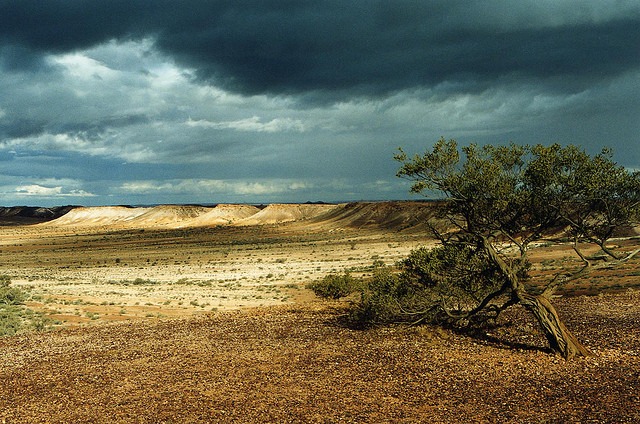
Australia has a long history of exploring the wilderness with words. It was the centre of Indigenous Dreamtime storytelling; the land and its inhabitants were respected and revered. This contrasted strongly with the sentiment of early colonial years, which typified the ‘new’ country as alien and terrifying, only to be followed by a heroised bush in the writings of A.B Patterson and Henry Lawson – a legacy that has become integral to our collective sense of ‘Australianness’. Contemporary literature looks at our environment with an appraising eye and acknowledges its harshness with a wry pride: it is both isolating and beautiful.
The work of Tim Winton spoke to me in those expat days, and as I followed the curves of the waves his characters surfed, the stark simplicity of the Australian vernacular he captured and the never-ending summers in his prose, I realised how important it is to explore our collective sense of place. Our environment is unique; it should be captured in its extraordinary beauty. It also says so much about us as a people: how we perceive it, how we relate to it. It allows us to examine ourselves in a way that makes sense to us; figuratively or literally, place is essential to the stories we tell. With this in mind, here are some tips on how to explore place in your own writing…
1. Know the place
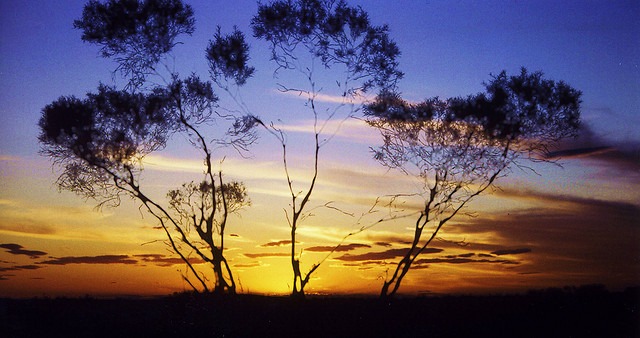
Write about those landscapes that haunt you, that come to mind when you close your eyes and think of home. Winton says ‘the setting creates the story’ and an awareness of the land you’re setting your work in is integral to the progression of your narrative. For me it is the farmland of my ancestors that creates many of my stories. It’s haunted my writing for years – the endless stretch of paddocks and the ancient farmhouse are punctured into my memory. A creek winds by, where sheep warble morning-song – a melody that wakes me in vibrant dawns…The more connection you have with the place, the more authentic your writing. Research, revisit. Capture the colour, the sound and the complexity of the environment you explore.
2. Know how the place makes you feel
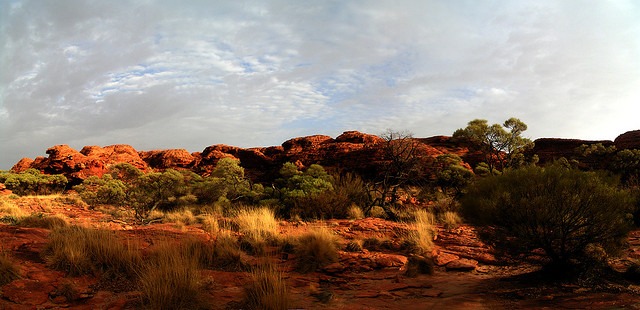
Pathetic fallacy is an excellent way to convey tone. Using nature can powerfully dictate the mood of your writing and give subtle clues to the reader about how they can interpret events in the text. Sybylla Melvyn’s first encounter with her new home in Miles Franklin’s My Brilliant Career demonstrates this well:
How flat, common, and monotonous the scenery appeared after the rugged peaks of the Timlinbilly Range… Away from the front of the house were flats, bearing evidence of cultivation, but a drop of water was nowhere to be seen. Later, we discovered a few round, deep, weedy waterholes down on the flat, which in rainy weather swelled to a stream which swept all before it.”
The landscape Sybylla encounters mirrors her sadness at leaving a place she loved and the hopelessness she now feels in more ‘cultivated’ society. The feeling of a place can be used to reflect or influence the emotions of the characters, readers and writer. Use this technique purposefully to add depth to your work.
3. Know the significance of the place
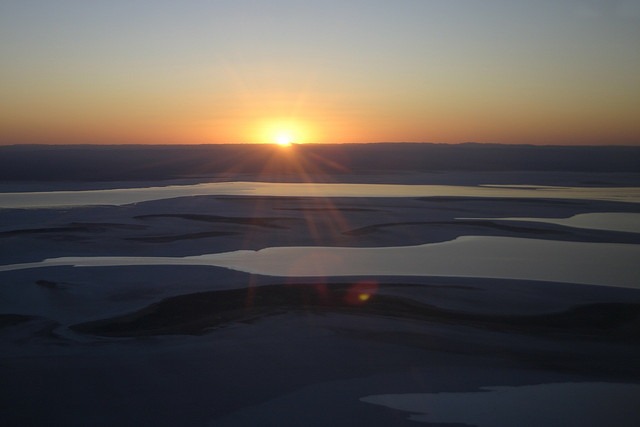
The way setting is explored in writing says so much about the role and situation of the characters in the text, drawing out broader meaning for readers. A lone person in an expansive wilderness can show isolation, reflecting man at the mercy of the environment they dwell in.
Geraldine Brooks highlights this when she reflects:
I believe wilderness experience changes everyone. Because it puts us in our place. The human place, which our species inhabited for most of its evolutionary life. The place that shaped our psyches, and made us who we are. The place where nature is big, and we are small.”
Winton echoes Brooks’ sentiment when he says:
The continent that we have – you know we just live for this kind of gift for a place. Where we are smaller. And we’ll always be smaller than the continent.”
Humankind is minor in a vast landscape, and this can give perspective on the issues we examine in our writing. It affords a respect for the environment we can easily ignore when focusing on the minutiae of our busy lives.
Conversely, characters depicted in a harsh environment can praise the resilience of humanity. We overcome the challenges of the bush and see its splendour firsthand. This has been a common theme in Australian writing for centuries. Paterson’s famous poem, Clancy of the Overflow, exhibits this when the narrator compares his mundane urban life to the freedom of Clancy, who:
‘sees the vision splendid of the sunlit
plains extended,
And at night the wond’rous glory of the
everlasting stars.’
These are just two examples of how place can be used to reflect humanity’s connection to the Australian landscape. There are many other ways you can play with the significance of our environment to say important things about the Australian experience, which leads me to my next point…
4. Know the message you’d like to leave with your readers
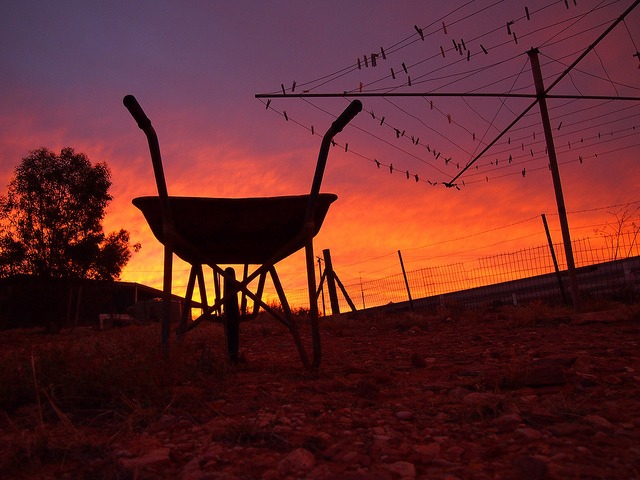
Your message can be about conservation, the need for multiculturalism, history, family or reconciliation (among others). Oodgeroo Noonuccal’s poem, We Are Going, shows how writing about landscape can say so much about Australian experience:
We are the quiet daybreak paling the dark lagoon.
We are the shadow-ghosts creeping back as the camp fires burn low.
We are nature and the past, all the old ways
Gone now and scattered.”
Noonuccal melds the Aboriginal peoples with the environment they originally inhabited, and so when the land fades with urbanisation, so do the people. Thus, she powerfully shows the decline of Aboriginal life and culture by describing the demise of the environment; one acts as a metaphor for the other.
Writing about place does not necessarily have to be romantic in the style of traditional rural literature. It can be punchy and symbolic in order to convey meaning. Just be sure about what you wish to say through nature and this will dictate how you describe the setting.
* * *
Australian place is like no other and needs to be captured in all its fearsome beauty. Its wildness takes up a unique aspect of Australian literature and can say so much about where we have come from as a people, where we stand now, and what our future can look like. Writers need to consider what our national voice has been in the past and look at how it can be uniquely expressed today in order to identify who we are as a nation in relation to our physical surroundings. Indeed, the Australian connection to land is inescapable. As Nikki Gemmell writes in her book, Why You Are Australian:
I feel the thumb of nature everywhere in this country; wear it, quickly, like a mark… Nature is so insistent in this place.”
We, regardless of background, are intrinsically tied to this land we inhabit – we can’t escape it. Embracing this connection can add dimension to our texts. So enjoy exploring rural writing in your own works – it can change the nation!